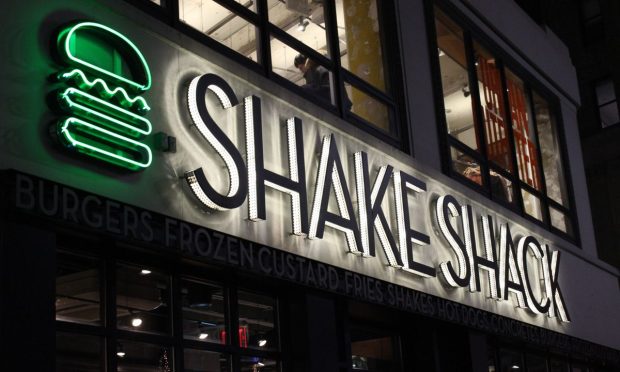Major Restaurant Brands Expand Drive-Thru to Reach New Audiences

This week in restaurant news, Shake Shack and Wendy’s tap drive-thru while Red Robin reevaluates priorities.
As restaurants look to offset margin pressure from food and wage inflation, Shake Shack is turning to the drive-thru channel to boost efficiency. In a presentation to investors Tuesday (Jan. 10) as part of the ICR Conference 2023, the fast-casual chain’s CEO, Randy Garutti, discussed the potential of the channel.
“We believe that we’re targeting an over $4 million [average unit volume (AUV)],” Garutti said. “There have been many of the current drive-thrus who are run rating higher than that. Some are below. We’re learning.”
While these locations may be more costly to build than their non-drive-thru counterparts, he argued that the cost is worth it given that the channel allows the brand to attract new audiences.
Plus, drive-thrus allow restaurants to meet a greater portion of demand while requiring less labor than locations that rely on in-store sales and on other kinds of off-premise orders, such as delivery.
“This year, we’ll do probably 10 to 15 more drive-thrus, and we think that this will be a critical part of our growth moving forward,” Garutti said.
Drive-thrus tend to be more popular and more common in the United States than in other countries, but quick-service restaurant (QSR) giant Wendy’s is nonetheless expanding its drive-thru efforts internationally, hoping to see a similar efficiency boost across the pond.
On an earnings call with analysts Friday (Jan. 13) discussing the brand’s preliminary fourth-quarter and full-year 2022 results, Wendy’s CEO Todd Penegor shared that the company will soon open a drive-thru in the United Kingdom.
Penegor said the company is excited for the growth that is ahead for the U.K., “including our first drive-thru restaurant expected to open in the coming weeks.”
Yet, not all restaurants are stepping up their drive-thru efforts. The share of restaurants offering drive-thru lanes with self-service kiosks fell dramatically between Q3 2021 and Q2 2022, according to data from PYMNTS’ 2022 Restaurant Readiness Index, which drew from a survey of more than 500 U.S. QSR and full-service restaurant (FSR) managers. The share dropped from 16% in September 2021 to just 9% in April 2022.
Red Robin Rethinks Its Efficiency-Driving Initiatives
While Wendy’s and Shake Shack look to boost efficiency, casual dining chain Red Robin is finding that not all such efforts yield positive results.
In an ICR presentation Monday (Jan. 9), the brand noted a decline in customer satisfaction over the last decade, which represented underperformance relative to the average for the casual dining segment.
“After many years of growth, cost-cutting decisions that were well intended but poorly executed diminished both the guest experience and our results,” the company stated.
Among these were efforts to reduce the restaurant chain’s labor needs that ultimately negatively affected the experience for diners. Consequently, the company shared that it will be investing in its staff, among other strategic priorities.
DoorDash Expands Student Discount Subscription to Canada
DoorDash must be pleased with the results of its discounted student memberships offering in the U.S. because the aggregator announced Monday that it is extending the deal to the Great White North.
The aggregator extended the offer of DashPass for Students subscriptions, offering half-priced membership to college and university students — $4.99/month rather than $9.99 — in an effort to drive loyalty with younger consumers.
“Students represent a large ordering demographic in Canada, with nearly 60% of students in Canada using food delivery apps,” Shilpa Arora, general manager at DoorDash Canada, said in a statement.
The move comes as aggregators look to drive spending with Generation Z. Research from “Super Apps for the Super Connected,” a PYMNTS and PayPal collaboration, which drew from a survey of more than 9,000 consumers across the U.S., the U.K., Australia and Germany, found that only 61% of Gen Z consumers order restaurant meals online. In contrast, 70% of millennials do the same.